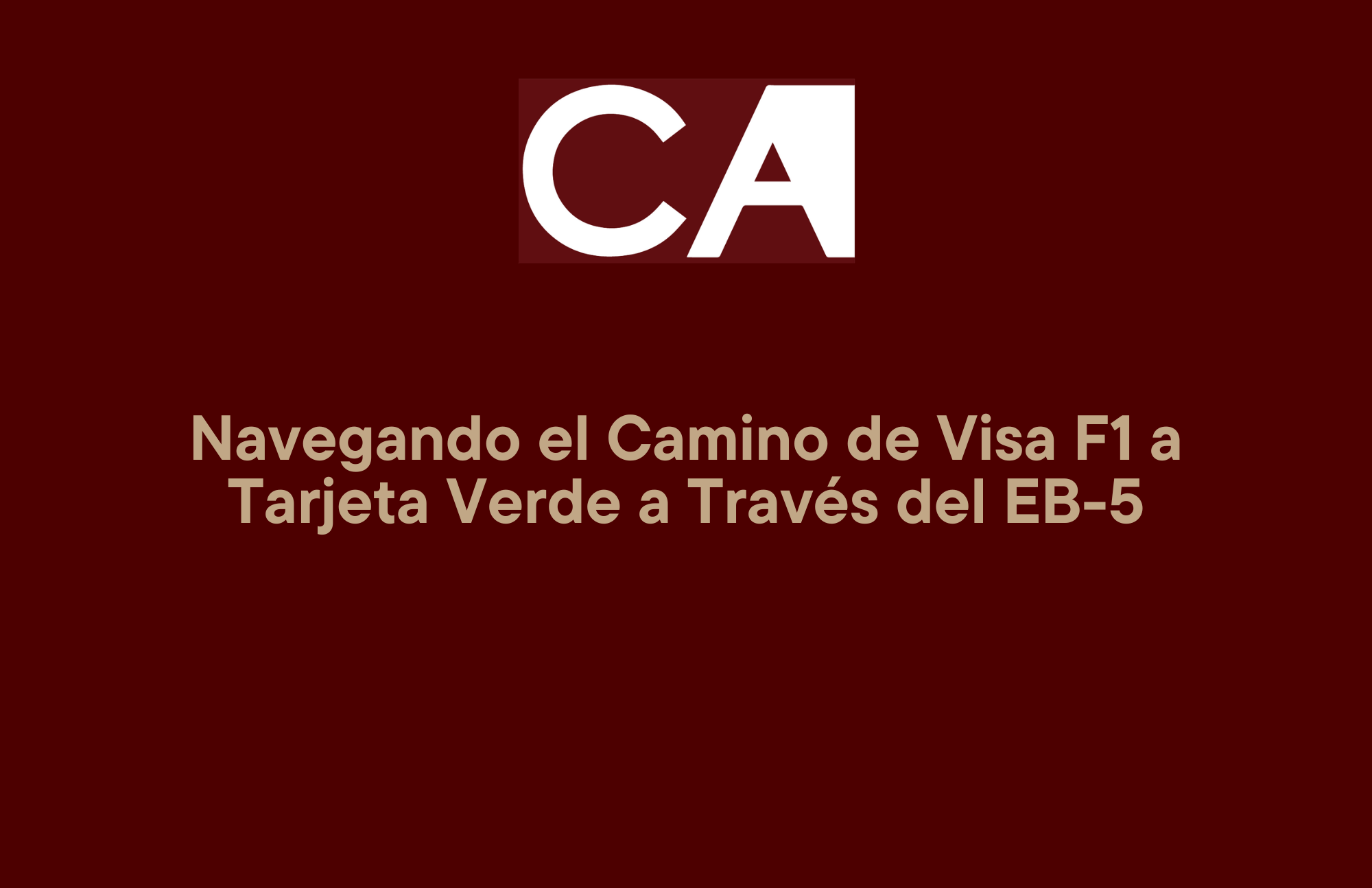For Indian families looking to pursue U.S. permanent residency through the EB-5 program, two of the most critical questions are:
- How long will the process take?
- What documentation do we need to get started—especially around the source of funds?
In Part 3 of our EB-5 blog and video series with EduFund’s Anand Patinge, we break down how to prepare for an EB-5 investment, what goes into proving the source of your funds, and what kind of timeline families should expect—from filing to receiving a green card.
Start With the Source: What Documentation Is Required?
Before you can invest a single dollar in an EB-5 project, your source of funds must be fully documented. This is often the first—and most time-consuming—step of the process.
“Every single day, we get questions from families asking, ‘How do I prove where my money came from?’” said Nick Buonagurio of CanAm. “And it’s a valid question—because USCIS requires clear documentation, and missing or incomplete records are a top reason for EB-5 petition denials.”
Common Sources of Funds Include:
- Salary and employment income
- Gifts from parents or relatives (must also be traced back)
- Sale of property or investments
- Business income
- Loans, including home equity loans (with proper documentation)
It’s not enough to show a bank transfer. USCIS will want to see how the money was earned, saved, or acquired—even years earlier. For example, if a parent gifts funds, the immigration attorney must document how they earned the money.
Tip: Start Early
“Even for a straightforward case, source-of-funds documentation takes at least six weeks,” Nick explained. “In many cases, it’s longer—especially if assets need to be sold or records are hard to obtain.”
That’s why Nick and Anand both advise that families begin working with a qualified EB-5 immigration attorney first—before selecting a project or submitting funds.
Related Resource:
How to Read the Visa Bulletin: Read here
The EB-5 Timeline: What to Expect
The entire EB-5 process—from investment to permanent green card—typically takes 6 to 7 years. But families should understand that key benefits, such as work and travel authorization, may come much sooner.
Here’s how the general timeline breaks down:
Step 1: Prepare Source of Funds and Choose a Project
Timeframe: ~6–12 weeks
During this period, you’ll gather the necessary documentation, liquidate funds (if needed), and complete due diligence on the EB-5 project you’ll invest in.
Step 2: File I-526E Petition
Timeframe: ~9–24 months for approval
This is your initial immigration petition. The timing depends on USCIS processing speed and visa availability based on your country of chargeability.
Step 3: Consular Processing (Outside U.S.) OR Concurrent Filing (Inside U.S.)
- Outside the U.S.:
After I-526E approval, you’ll attend an interview at a U.S. consulate. Total time to conditional green card: ~2 years. - Inside the U.S. (Concurrent Filing):
If you’re already in the U.S. (e.g., on F-1 or H-1B), you may be eligible for concurrent filing. This allows you to submit Form I-485 at the same time as your I-526E—and receive benefits much earlier.
Concurrent Filing: A Game Changer
Concurrent adjustment of status is especially powerful for Indian students or professionals already in the U.S.
“If you’re a student on an F-1 visa or on H-1B, you can file for work and travel authorization immediately,” Nick explained. “You don’t need to wait for your I-526E to be approved.”
Most applicants receive:
- Employment Authorization Document (EAD) in ~4 months
- Advance Parole (Travel Document) in ~6–8 months
“That means students can apply for internships or jobs—without employer sponsorship—within months. It’s a huge advantage,” Nick said.
What Comes Next?
After receiving a conditional green card (valid for 2 years), you’ll file one final petition (I-829) to remove conditions and receive permanent residency. This step generally happens ~2 years after receiving your initial green card.
The Bottom Line
While the full EB-5 process is a multi-year journey, smart planning can help families unlock meaningful benefits early on—especially through concurrent filing.
Indian families considering EB-5 should:
- Start with a qualified EB-5 immigration attorney
- Be ready to fully document their source of funds
- Consider whether they or their children can benefit from concurrent filing
As Anand put it:
“This is a major decision, both financially and emotionally. But with the right planning, EB-5 can offer flexibility and a more secure future for your family.”
Coming Up Next:
In Part 4 of the series, we’ll tackle an important question for Indian parents: Can a student—or even a minor—be the EB-5 applicant? We’ll discuss family planning, age rules, and red flags to watch for.


